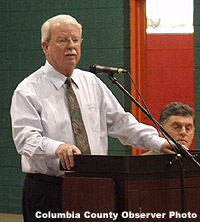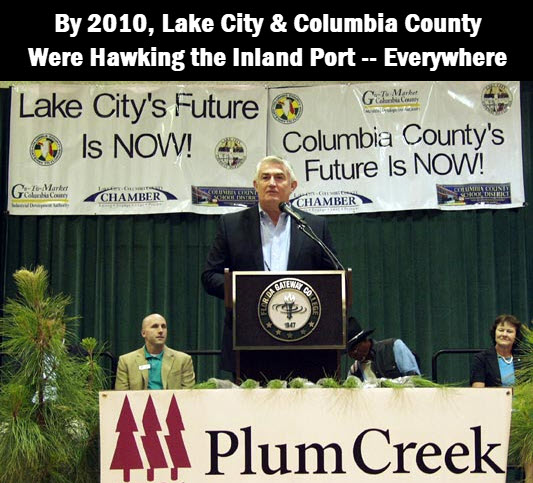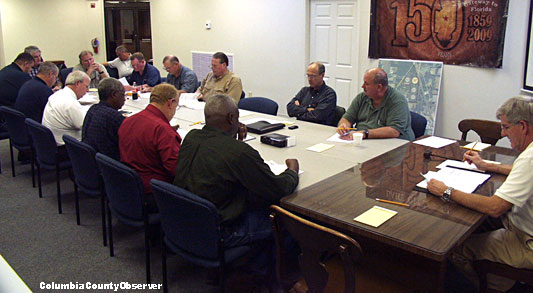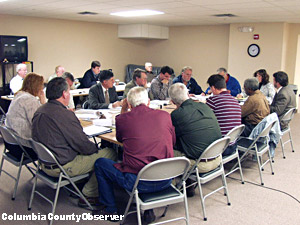
The Columbia County Commissioners have been outspoken against spring water bottling industry in our region for more than a decade. Whatever the backroom deal that is at play here will be subjected to public ire and scrutiny. Rest assured the public will not back down from this Niagara bottled water scheme, especially as more and more people are moving here and need that water more than they need a plastic polluting industry. Merrillee Malwitz-Jipson, OSFR board member.
Thanks to Stew Lilker for the post below with its unfortunate message. Read his original post at the Columbia County Observer.
|
|


 For over seven decades, Lake City was the utility provider for Lake City and the contiguous areas of Columbia County close to Lake City.
For over seven decades, Lake City was the utility provider for Lake City and the contiguous areas of Columbia County close to Lake City.











